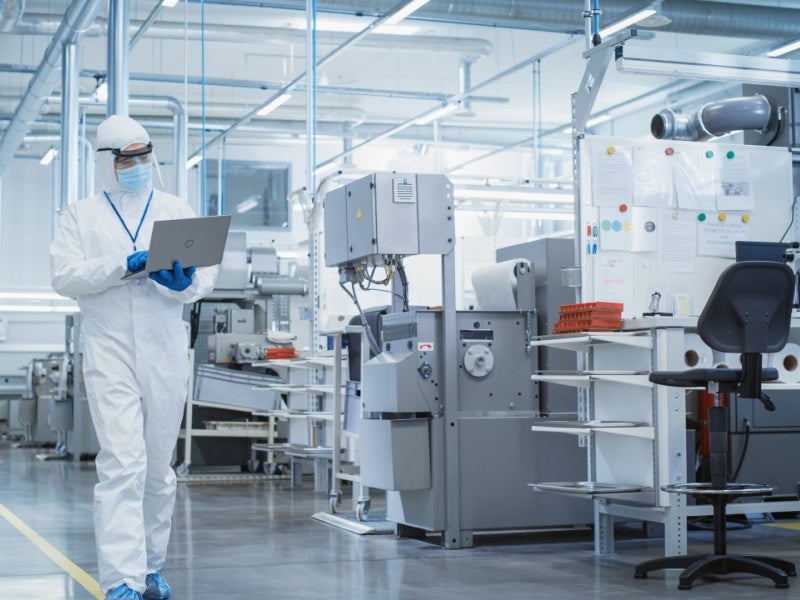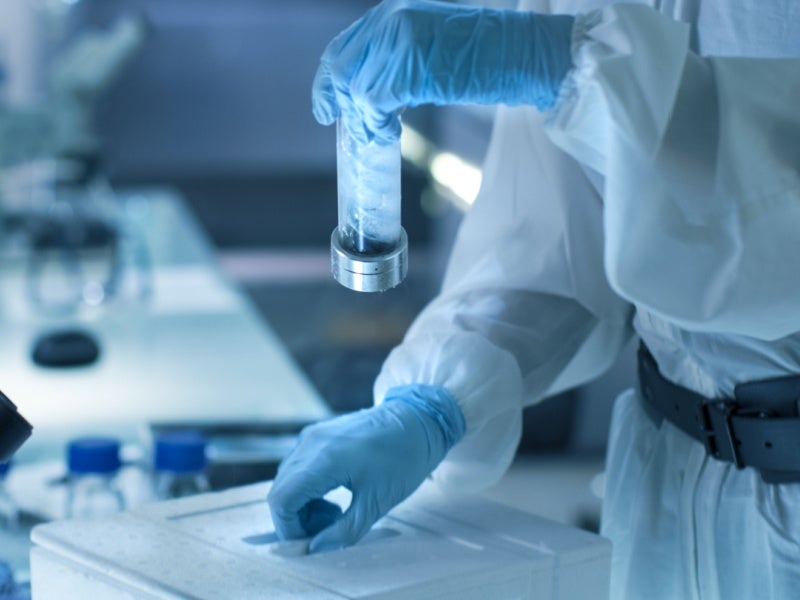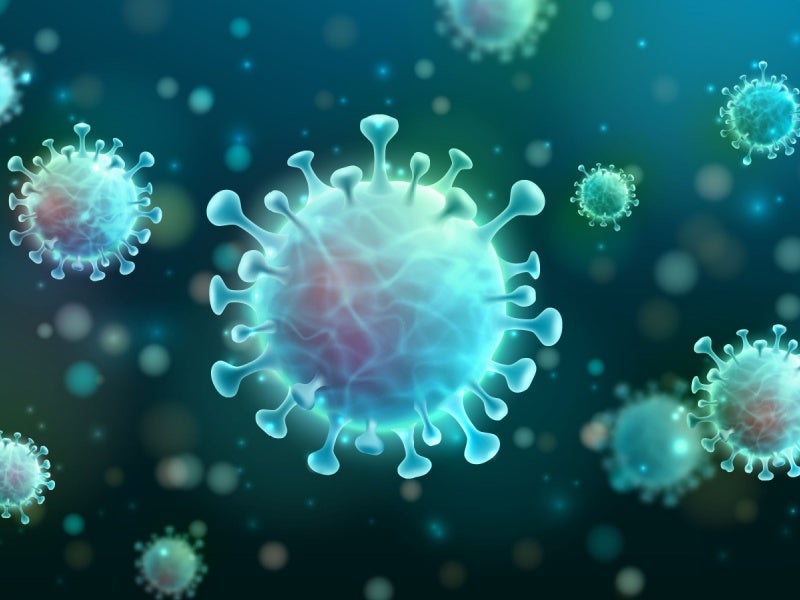The New South Wales (NSW) Government, the governing body of NSW, Australia, is expanding a state-of-the-art good manufacturing practice (GMP)-grade viral vector manufacturing facility within the Westmead Health and Innovation District in western Sydney.
The NSW Government established a new company to operate the viral vector manufacturing facility based at Westmead in February 2024.
The facility manufactures viral vector products for research and clinical trials, supporting the current absence of GMP-licensed viral vector manufacturers in Australia.
It will meet the increasing demand for clinical-grade viral vectors essential for gene therapy and cell therapy research, as well as clinical trials both domestically and internationally.
The NSW Government has invested approximately A$134.5m ($88.2m) to establish the facility, which is being constructed in stages. Stage 1 of the facility is operational for gene therapy research, with the first clinical trial expected to begin in 2025 using vectors produced on site.
Stage 2 of the facility is currently under construction and scheduled to be operational by the end of 2024. The facility will provide NSW with the capability to effectively address the increasing need for viral vectors.
The facility is a collaborative effort involving the NSW Treasury, Investment NSW, and various NSW Health entities, including Health Infrastructure, Office of Health and Medical Research, and Sydney Children’s Hospitals Network, with support from the Children’s Medical Research Institute and Western Sydney Local Health District.
Location
The facility is located in Westmead, part of the Westmead Health and Innovation District, a health, education, research, and training precinct in Australia. The district is an integrated hub that includes hospitals, medical research institutes, and university campuses, providing a single point of entry to a network of globally recognised companies in cell and gene therapy services.
The building in this precinct also offers convenient access to international collaborators via the Western Sydney Airport, which is currently under construction.
New viral vector manufacturing facility details
The current stage 1 viral vector infrastructure facilitates the application of cell and gene technologies across the entire journey from discovery to clinical trials for both paediatric and adult patients. The progression to stage 2 involves the establishment of a commercial-scale manufacturing facility, which will significantly enhance the capabilities of the NSW Government.
Stage 1 comprises a 25-litre viral vector pilot manufacturing facility. It will obtain GMP certification for licensed production and marketing of clinical-grade viral vectors.
The pilot facility can produce viral vectors on a small scale, which is sufficient for proof‑of‑concept testing and laboratory use for the early design and development of new therapeutics.
Stage 2 will involve the expansion of the pilot facility to a commercial-scale viral vector manufacturing facility with a 550-litre capacity. The project involves designing and outfitting a facility situated within the Kids Research Building and Innovation Centre, as well as procuring specialised equipment such as laboratories, plant rooms, and services.
The expansion will include additional laboratories for quality control and process development. The stage 2 facility will enable production and purification procedures that will produce viral vectors on a larger scale needed further to develop the therapeutics.
Viral vector details
Viral vectors are essential tools used to develop gene therapies. Gene therapies treat genetic diseases in various ways; by replacing a defective gene that is causing the disease, adding genes to help the body fight or treat disease, or switching off genes that are causing the disease.
Gene therapy depends on a carrier (vector) to deliver the favourable genes into the body’s cells. Viruses are ideal vectors to carry information to the cells because they have the natural ability to target specific cells.
When the viruses are altered to remove their disease-causing ability, they can be safely used as vectors to insert the beneficial genes without causing any disease. The addition of these functional genes into the cells prepares the cells with the necessary instructions to operate normally, thereby rectifying cellular dysfunction.
Viral vectors can be instructed to deliver genes to a wide range of cell types for the treatment of various diseases. Viral vectors are the gene delivery vehicles used in approximately 70% of gene therapies.
Financing
Health Infrastructure, a state government office, leads the planning and construction of the A$49.6m stage 2 commercial-scale viral vector manufacturing facility, in addition to allocating A$51.8m to expedite the development of viral vector products for research and clinical trials.
The funding was a part of the NSW Government’s A$270.3m package allocated for biomedical research within its health and innovation precincts.
Contractors involved
The viral vector manufacturing facility is being built by the construction engineering company Kane Constructions while HDR is the architect.






